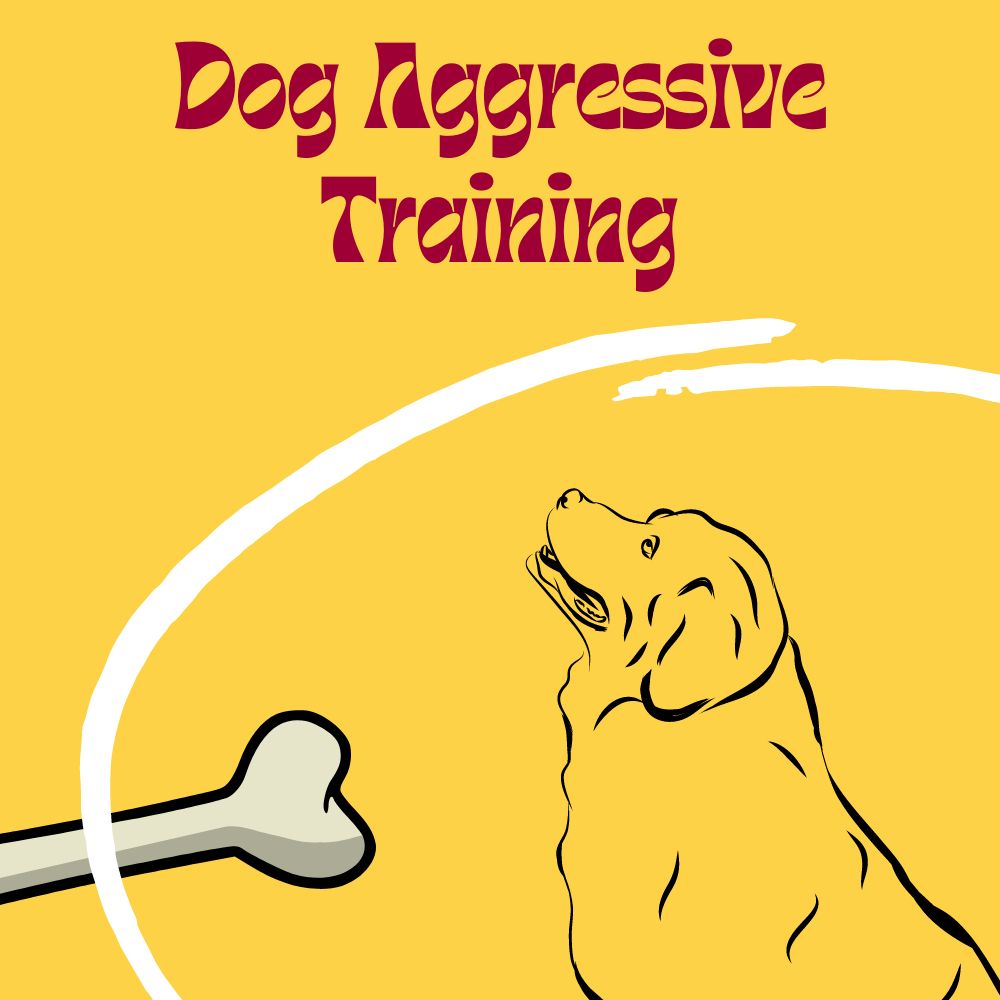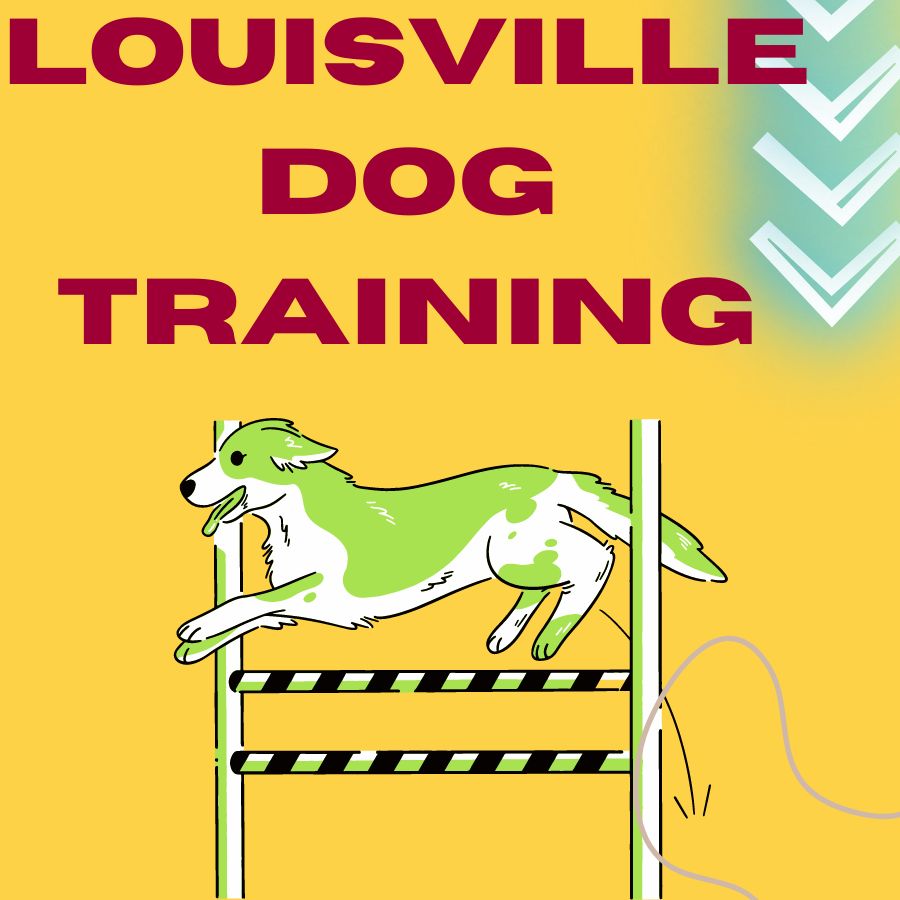The Importance of Aggressive Dog Training
Dog aggression is a significant problem that can not only injure people and other animals, but it can even endanger the dog’s life. aggressive dog boot camp behavior can worsen and become harder to manage if ignored. how to stop puppy aggression for this reason, in order to effectively deal with and control their dog’s hostility, dog owners must seek out aggressive dog training.
Why Is My Dog Aggressive?
Aggressive behavior in dogs can occur for a variety of causes. It could be caused by heredity, physiological conditions, anxiety, frustration, or a lack of socializing. To properly manage your dog’s aggression through training, you must first understand its underlying causes.
Signs of Aggressive Behaviour
Dog aggression can take many different forms. Growling, flashing teeth, lunging, biting, and snapping are a few typical indications. It’s critical to identify these actions as possible indicators of hostility and to get expert assistance dog aggression training near me.
Are Some Breeds More Aggressive Than Others?
That some breeds are innately more violent than others is not supported by conclusive evidence. A good socialization and training program may help any dog.
Our Aggressive Dog Training Specialists Can Help You
It is crucial to seek out expert assistance from knowledgeable trainers that specialize in handling aggression if your dog is becoming violent. To meet your dog’s unique needs, these professionals can collaborate with you to create a personalized training program.
Aggressive Dog Training Tips
While it is vital to seek expert assistance for aggressive dog training in Denver, there are some strategies that owners may use at home to help manage and prevent aggressive behavior. These include:
1. Positive Reinforcement: Reward your dog for positive behaviors and redirect negative behavior.
2. Socialization: Expose your dog to different people, animals, and environments from a young age to help them develop proper social skills.
3. Consistency: Establish consistent rules and routines for your dog to follow.
4. Calm Environment: Avoid chaotic or stressful situations that may trigger aggression in your dog.
5. Exercise: Make sure your dog gets enough physical activity every day to prevent pent-up energy that may lead to aggressive behavior.
6. Supervision: Always supervise your dog when interacting with other dogs or unfamiliar people.
Seek Expert Assistance
While these tips can be useful in managing aggression, it is essential to seek expert assistance from a professional dog trainer or behaviorist if your dog’s aggression persists or escalates. They can help identify the underlying cause of the behavior and create a personalized training plan to address it effectively.
In addition, it is crucial to never punish or physically discipline your dog for aggressive behavior. This will only worsen their negative associations and may lead to more severe issues in the future.
By following these tips and seeking expert assistance, you can effectively manage and prevent aggressive behavior in your dog. Remember that with patience, consistency, and proper training techniques, any dog can learn to be calm and well-behaved.
Why Are Some Dogs Aggressive?
As was already said, dogs may act aggressively for a variety of reasons. A fearful, stressed-out, unsocialized, or even traumatic past could be the cause. If you want to train your dog to address aggression properly, you must first determine what is causing the attack dog training with a vibration collar.
How To Train A Dog To Be Less Aggressive
Training an aggressive dog needs patience, perseverance, and determination. Having a professional trainer corgi aggressive behavior by your side will assist ensure that your dog learns acceptable manners and can offer you guidance throughout the process.
Reasons Dogs May Show Signs of Aggression
As was previously mentioned, there are a variety of causes for a dog to act aggressively. You can address potential triggers and attempt to change their behavior by being aware of the potential causes.
How to Raise a Dog That Is Aggressive
Working on fundamental obedience, teaching a dog acceptable social behaviors, and desensitizing them to possible triggers are all part of training an aggressive dog.
Effective Methods for Socializing an Aggressive Dog
Any dog’s training program must include socialization, but dog-aggressive training requires it even more. It entails introducing them to various environments, animals, and people in a positive and controlled way. They can learn acceptable behavior and experience less fear or anxiety in response to specific triggers thanks to this. Here are some effective methods for socializing an aggressive dog:
1. Start Early: The earlier you start socializing your dog, the better. Puppies have a critical developmental period where they are more open to new experiences and less likely to develop fear or aggression towards them.
2. Gradual Exposure: When introducing your dog to new environments, animals, or people, it’s important to do so gradually. Start with short periods of exposure and slowly increase the time as your dog becomes more comfortable.
3. Reward Positive Behavior: Whenever your dog displays acceptable behavior in a potentially triggering situation, be sure to reward them with praise or treats. This will reinforce positive behaviors and help them associate those triggers with good things.
4. Controlled Interactions: It’s important to always supervise interactions between your dog and new people or animals. This allows you to intervene if necessary and ensures a safe and positive experience for everyone involved.
5. Socialization with People: Your dog needs to get used to being around different types of people, including men, women, children, and individuals with disabilities. Encourage positive interactions by having them meet new people in a controlled setting.
6. Socialization with Animals: In addition to socializing with humans, it’s also crucial for your dog to have positive experiences with other animals. This can be achieved through puppy playgroups or introducing them to friendly, well-behaved dogs in a supervised environment.
Learn Aggressive Dog Training and Have a Good Time
Positive reinforcement and positive reinforcement methods are the cornerstones of successful aggressive dog training. Reprimanding your dog or using physical force can exacerbate their hostility and erode your mutual trust of aggressive dog training Spokane.
Conclusion:
Aggressive dog training may seem like a daunting task, but with patience, consistency, and the right techniques, it is possible to help your dog overcome their aggressive tendencies. Remember to always seek professional help if you feel overwhelmed or unsure about how to handle your dog’s behavior. By providing a safe and structured environment for your dog, socializing them with humans and animals, and using positive reinforcement methods, you can help your dog become a well-behaved companion.
Write An Answer About Following FAQs
Is dog training regulated in the US?
In the United States, how to train a chihuahua not to be aggressive there isn’t currently a national regulation for dog trainers. On the other hand, certain states might have their own laws or requirements for dog trainer certification. It’s critical to conduct due diligence and pick a reliable, qualified dog trainer aggressive vs reactive dog.
What is the best training tool for aggressive dogs?
Depending on their unique needs and characteristics, different dogs may require different training tools. Treats as training rewards, clicker training, and positive reinforcement techniques are a few alternatives.For advice on the appropriate training equipment for your dog, it is advisable to speak with a qualified trainer for best shock collar german shepherd.
Where do they train dogs in the USA?
In the United States, dog training is available in several locations. Group training sessions, specialist training facilities, and private trainers are a few examples. To best meet your dog’s needs, do your homework and pick a reliable, qualified trainer or facility for dog trainers for aggressive dogs. Ultimately, obtaining expert assistance, seeing the value of aggressive dog training, and applying strategies and tactics to properly handle aggressiveness at home are all necessary to become a dog trainer in the United States. Prioritize your dog’s safety and well-being during the training process, and always work with them using positive reinforcement techniques.
How long does it take to train an aggressive dog?
Depending on the demands and progress of each particular dog, the length of time required for aggressive dog training may differ. It’s critical to set reasonable expectations and recognize that, for certain dogs, training may require constant attention.




